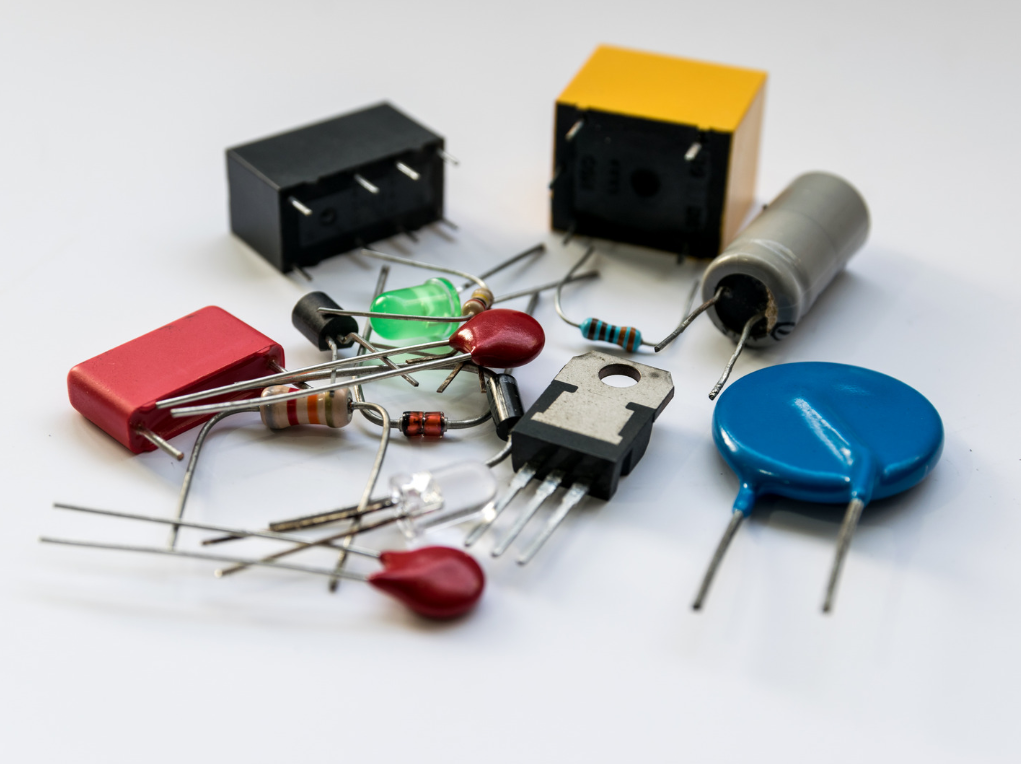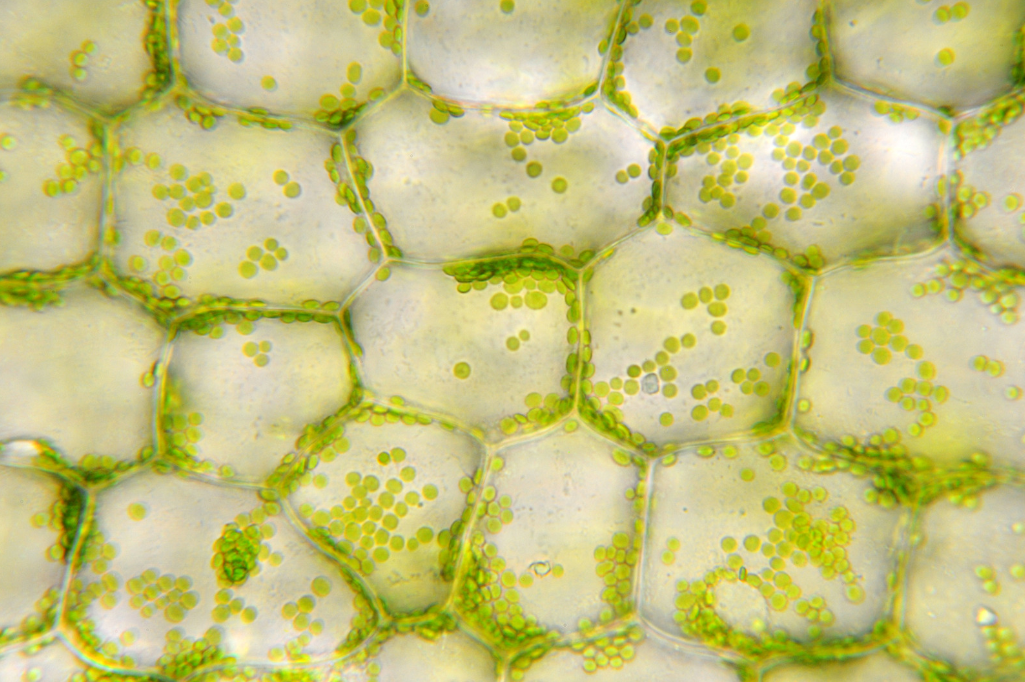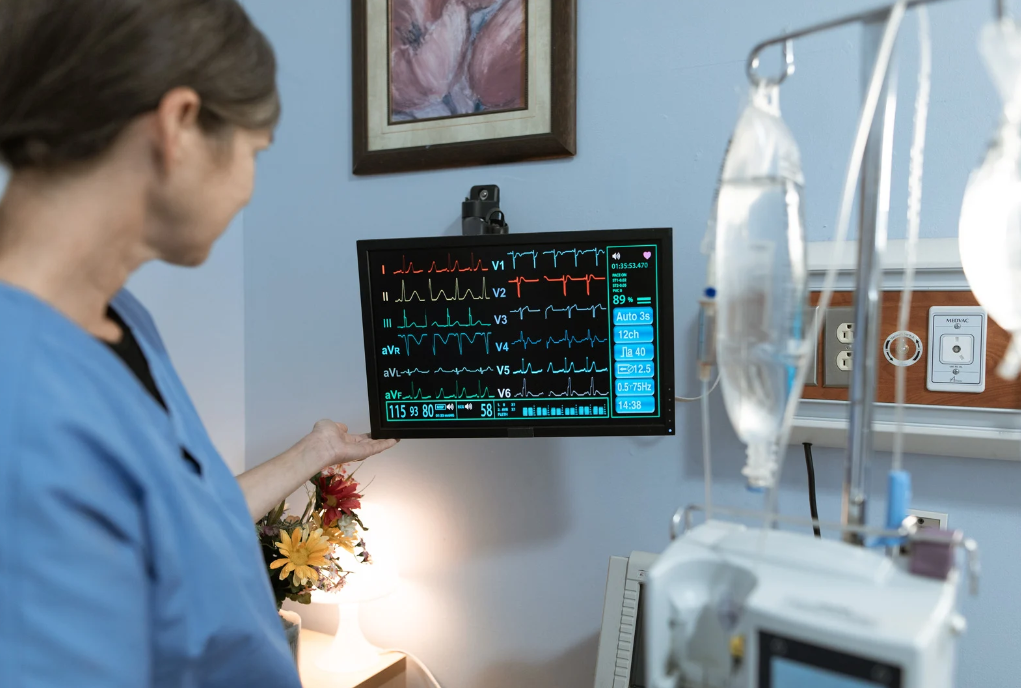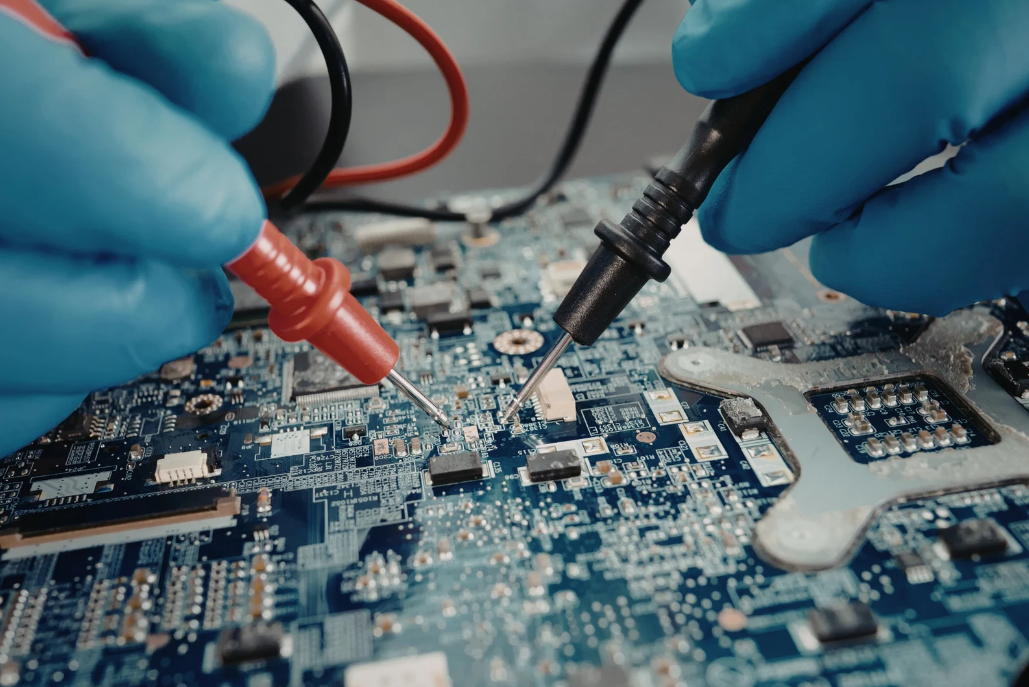Compact Size and Versatility
Piezo tubes are known for their compact size and versatility. They can be made very small, which is perfect for medical devices that need to be tiny and precise. Their ability to adapt to different shapes and sizes makes them a great choice for various applications.

High Position Accuracy
One of the standout features of piezo tubes is their high position accuracy. They can move to exact positions quickly and without losing power. This makes them ideal for tasks that need precise movements, like in surgical tools or diagnostic equipment.
No Electromagnetic Interference
Piezo tubes do not create electromagnetic interference, nor are they affected by magnetic fields. This is a huge benefit in medical settings where other devices might be sensitive to electromagnetic noise.
The potential of organic piezoelectric materials for next-generation medical devices is promising due to their light-weight nature and adaptability in manufacturing.
These advantages make piezo tubes an ever-growing tool in the medical field, offering solutions that are both effective and reliable.
Applications of Piezo Tubes in Biomedical Engineering
Piezo tubes are making waves in biomedical engineering due to their unique properties. These devices can be used to sense biological forces, which is crucial for various medical applications. Their ability to detect minute changes in pressure and force makes them invaluable in this field.
Sensing Biological Forces
Piezo tubes are highly effective in sensing biological forces. They can detect even the slightest changes in pressure, which is essential for monitoring various physiological parameters. This capability is particularly useful in applications like blood pressure monitoring and muscle movement detection.
Self-Powering Biomedical Devices
One of the most exciting applications of piezo tubes is in self-powering biomedical devices. These devices can generate their own power from the body’s movements, eliminating the need for external power sources. This makes them ideal for long-term implants and wearable devices.
Stimulating Tissue Regeneration
Pzt tubes can also be used to stimulate tissue regeneration. By applying a small electrical charge, these devices can promote cell growth and healing. This application is particularly promising for wound healing and bone repair.
The versatility of piezo tubes in biomedical engineering opens up new possibilities for innovative medical treatments and devices.

Piezo Tubes in Diagnostic Medical Equipment
Piezo tubes are revolutionizing diagnostic medical equipment by offering precise and reliable performance. These tubes are essential in various applications, ensuring accurate and non-invasive measurements.
Ultrasound Imaging
Piezo tubes are integral to ultrasound imaging systems. They generate and receive sound waves, creating detailed images of internal body structures. Their high performance ensures clear and accurate imaging, which is crucial for diagnosing medical conditions.
Blood Flow Monitoring
In blood flow monitoring, piezo tubes provide accurate measurements of blood flow rates. Their ability to offer non-invasive monitoring makes them ideal for continuous patient observation. This technology is vital for detecting and managing cardiovascular diseases.
Pressure Sensors
Piezo tubes are also used in pressure sensors, which are critical for monitoring various physiological parameters. These sensors offer high sensitivity and precision, making them suitable for applications like respiratory monitoring and intraocular pressure measurement.
The versatility and durability of piezo tubes make them an ideal choice for a wide range of diagnostic applications. Their ability to provide accurate, non-invasive measurements is transforming the field of medical diagnostics.
Innovative Uses of Piezo Tubes in Therapeutic Devices
Piezo tubes are revolutionizing therapeutic devices with their unique properties. These tubes can convert electrical energy into precise mechanical movements, making them ideal for various medical applications.
Targeted Drug Delivery Systems
Piezo tubes are being used in targeted drug delivery systems to ensure medications are delivered exactly where needed. This technology minimizes side effects and increases the effectiveness of treatments. For instance, a piezoelectric-driven microneedle platform can achieve high efficiency, safety, and non-invasiveness for enhanced drug delivery.
Tissue Engineering
In tissue engineering, piezo tubes help stimulate cell growth and tissue regeneration. They can create mechanical stress that encourages cells to grow and form new tissues. This is particularly useful in developing artificial organs and repairing damaged tissues.
Pain Management Devices
Piezo tubes are also used in pain management devices. These devices can deliver precise vibrations or electrical pulses to alleviate pain. The accuracy and reliability of piezo tubes make them perfect for creating effective and safe pain relief solutions.
The versatility of piezo tubes in therapeutic devices showcases their potential to transform medical treatments and improve patient outcomes.
Challenges and Future Directions for Piezo Tubes in Medicine
Biocompatibility and Degradability
One of the main challenges with piezo tubes in medical devices is ensuring biocompatibility and degradability. Most current piezoelectric devices are non-degradable, which means they often require additional surgery for removal. This can be a significant drawback for patients. Researchers are working on developing biodegradable piezoelectric materials that can safely break down in the body after their job is done.
Integration with Existing Technologies
Another challenge is integrating piezo tubes with existing medical technologies. Compatibility with current systems is crucial for widespread adoption. This involves ensuring that piezo tubes can work seamlessly with other components without causing interference or requiring extensive modifications.
Future Research and Development
Future research is focused on overcoming these challenges and exploring new applications for piezo tubes in medicine. This includes developing lead-free piezoelectric ceramics for better environmental sustainability and finding ways to enhance the performance of biodegradable piezoelectric materials. The goal is to make piezo tubes more efficient, safe, and versatile for various medical applications.
The future of piezo tubes in medicine looks promising, but there are still hurdles to overcome. With ongoing research and innovation, these challenges can be addressed, paving the way for more advanced and effective medical devices.
Comparing Piezo Tubes with Other Piezoelectric Components
Piezo Discs
Piezo discs are widely used in various applications due to their simple shape and ease of manufacturing. They are often found in sensors and actuators. However, their flat shape limits their versatility compared to piezo tubes, which can be used in more complex geometries.
Piezo Strips
Piezo strips are long and thin, making them ideal for applications requiring flexibility and bending. They are commonly used in wearable devices and flexible sensors. Despite their advantages, piezo strips may not offer the same level of precision and stability as piezo tubes.
Piezo Rings
Piezo rings are similar to piezo discs but have a hole in the center, making them suitable for applications requiring a central opening, such as in ultrasonic transducers. While they offer unique benefits, piezo rings can be more challenging to integrate into certain designs compared to the more versatile piezo tubes.
Piezo tubes stand out due to their ability to be used in complex and varied applications, making them a cost-effective alternative to other piezoelectric components.
Customization and Design of Piezo Tubes for Medical Applications
Tailoring Specifications
Piezo tubes can be customized to meet specific needs in medical devices. Custom designs with modified specifications ensure that the piezo tubes fit perfectly into the intended application. This includes adjusting the axial and diameter contraction to match the device’s requirements.

Material Selection
Choosing the right material is crucial for the performance of piezo tubes. There are various piezoelectric materials available, including soft and hard materials. The selection depends on the application’s demands, such as operating temperatures and environmental conditions.
Prototyping and Testing
Before finalizing the design, prototyping and testing are essential steps. These processes help in identifying any potential issues and making necessary adjustments. Prototyping ensures that the piezo tube functions as expected in real-world conditions.
The versatility of piezo tubes allows for their use in a wide range of medical applications, from diagnostic equipment to therapeutic devices.
In Summary
Piezo tubes are proving to be game-changers in the medical field. Their small size, accuracy, and ability to work without electromagnetic interference make them perfect for many medical devices. From helping doctors see inside the body to aiding in precise surgeries, piezo tubes are making a big difference. As technology keeps getting better, we can expect to see even more amazing uses for piezo tubes in healthcare. They are not just tools; they are paving the way for a healthier future.
Frequently Asked Questions
What are piezo tubes and how do they work in medical devices?
Piezo tubes are tiny, tube-shaped components that use piezoelectric materials to convert electrical energy into mechanical movement. In medical devices, they help with tasks like precise positioning and generating mechanical forces without electromagnetic interference.
Why are piezo tubes preferred in medical applications?
Piezo tubes are favored because they are small, versatile, and offer high position accuracy. They also don’t create or get affected by electromagnetic fields, making them ideal for sensitive medical environments.
What are some common uses of piezo tubes in biomedical engineering?
In biomedical engineering, piezo tubes are used for sensing biological forces, powering biomedical devices, and even helping with tissue regeneration.
How do piezo tubes help in diagnostic medical equipment?
Piezo tubes play a key role in diagnostic tools like ultrasound imaging, blood flow monitors, and pressure sensors, offering precise and reliable measurements.
Can piezo tubes be used in therapeutic medical devices?
Yes, piezo tubes are used in therapeutic devices such as targeted drug delivery systems, tissue engineering tools, and pain management devices.
What are the challenges of using piezo tubes in medical devices?
Some challenges include ensuring biocompatibility, integrating with existing technologies, and ongoing research to improve their performance and applications.



